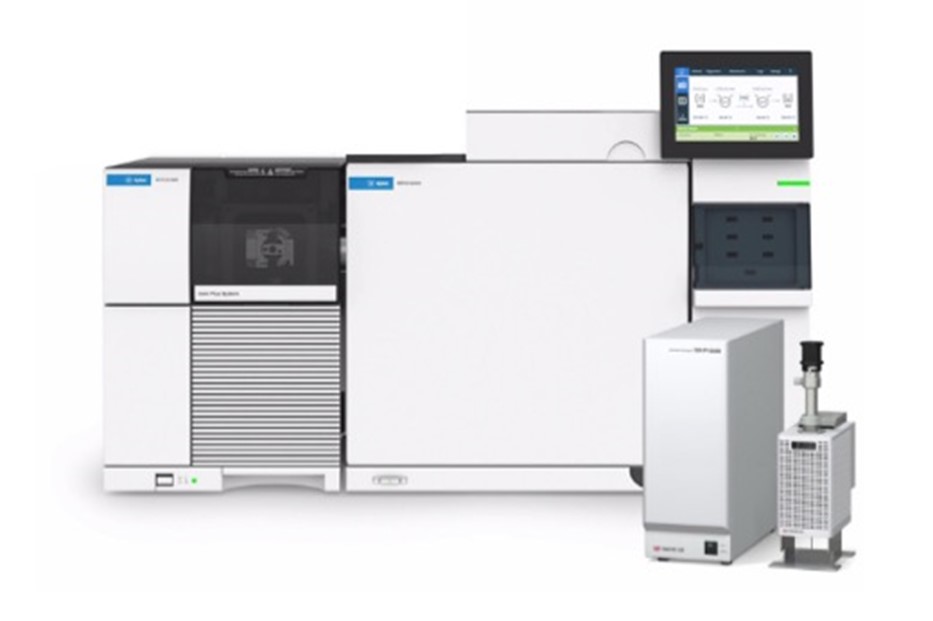
Thermoset resins are materials that strengthen when heated. A thermoset resin cannot be remolded or heated after its initial forming. Manufacturers in various industries use thermosets because they are hard, rigid, and resistant to elevated temperature after shaping.
Thermoset resins (or “thermosets”) are a type of polymer. Thermoset resins undergo a permanent chemical reaction known as curing to form a solid structure. They are also known as thermosetting polymers, resins, or plastics. When fully cured, thermoset resins are rigid, typically insoluble solid materials of high mechanical strength and hot temperature stability. In contrast to thermoplastics, thermosets cannot be melted and remolded to other shapes after curing.
Thermosetting resins enhance the thermal stability, chemical resistance, and structural integrity of products. Thermoset components are used in automotive, appliance, electrical, lighting, and energy markets due to excellent chemical and thermal stability along with superior strength, hardness, and moldability.
Thermoset plastic composites can meet the specifications of a wide range of production materials at an exceptionally low cost. Their use allows for an assortment of small and large parts to be fabricated with high production volume while keeping their repeatability consistently from batch to batch. Thermosets provide an alternative process when complex and geometric shapes cannot be achieved through metal fabrication or thermoplastics but can be manufactured in a mold. Thermoset plastics keep their stability in all environments and temperatures.
Specific types of thermoset resins:

The chemical composition analysis of thermosets is critical in the supply chain. Because of this, scientists need a reliable technique that can analyze thermoset resins in their solid form.
In this article, a thermoset resin’s chemical composition is analyzed using a Frontier EGA/PY-3030D multi-functional pyrolyzer integrated with a GC/MS system. There is no solvent or sample preparation needed; the pyrolyzer expands the capability of a GC/MS system by broadening the range of organic analysis, including the insoluble solids.
Experimental
First, Evolved Gas Analysis (EGA) was performed from 100 to 600 °C (20°C/min). EGA is one of the modes of operation using the multi-functional micro-furnace pyrolyzer. In this mode, no column is used; a short, small diameter (2.5m, 0.15 mm id.) deactivated tube connects the GC (Gas Chromatograph) injection port to the detector. The sample is dropped into the furnace, which is at a low temperature (in this example 100 °C). The furnace is then programmed to a much higher temperature (in this example 600 °C). Compounds “evolve” continuously from the sample as the temperature increases. A plot of detector response versus furnace temperature is obtained, which provides a clear picture of the sample’s thermal profile.

Results
Figure 1 shows the EGA of the thermoset resin and averaged spectra obtained from regions A, B, and C. Cresol and phenol resins were found in region B, a cresol resin was detected in region C, and Triphenylphosphine oxide, a reaction catalyst, was found in region A.
To further analyze the sample, the heart-cutting mode of operation of the pyrolyzer was used. The heart-cutting is sequential thermal slicing of the obtained EGA thermogram for chemical composition analysis of each region, A, B, and C. Figure 2 shows the chromatograms of three temperature regions, A, B, and C observed in the EGA curve of a thermoset resin.
Triphenylphosphine oxide, a reaction catalyst, was found in region A, while various phenols, thermal decomposition products of phenol resin, and styrene monomer, thermal decomposition products from polystyrene, were found in regions B and C.

Summary
The Frontier EGA/PY-3030 multi-functional micro-furnace pyrolyzer allows multiple analyses on a sample while performing a full range analysis; volatiles, additives, polar, heavy, and polymeric identification. The pyrolyzer directly interfaces with the GC injection port. There is no transfer line, no focus trap, and no switching valves. As a result, there is no degradation before the analysis, no cross-contamination, no active sites, and all the pyrolyzates directly and continuously transfer on-column.
Quantum Analytics is an official distributor and service provider for Frontier Labs in the United States and Canada.
Flexible financing, technical services, and refurbished instruments.
Everything you need to advance your lab’s success – all in one place.
8301 New Trails Drive, Suite 100, The Woodlands, Texas 77381
Complete this form below to sign up and we will reach out to you with instructions
